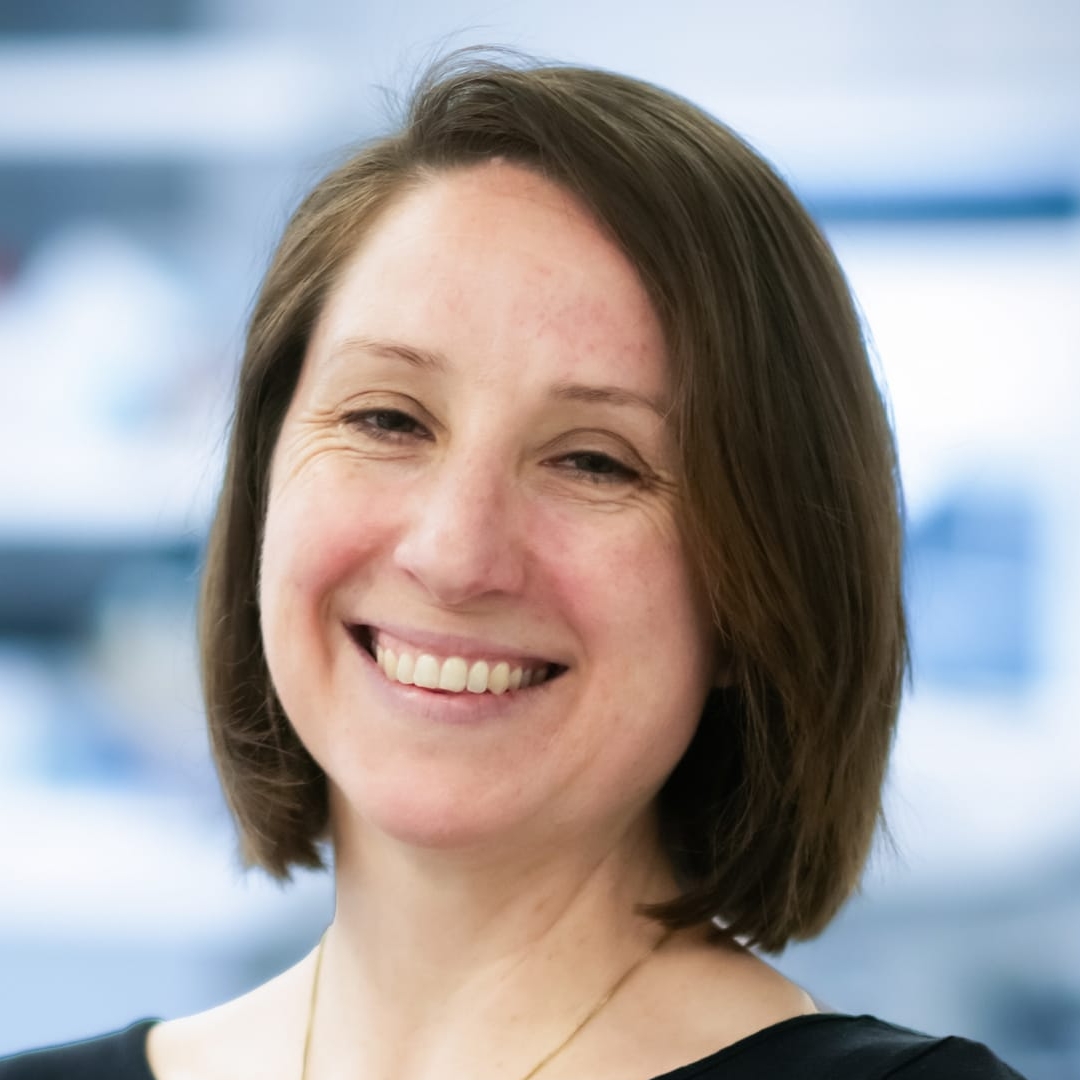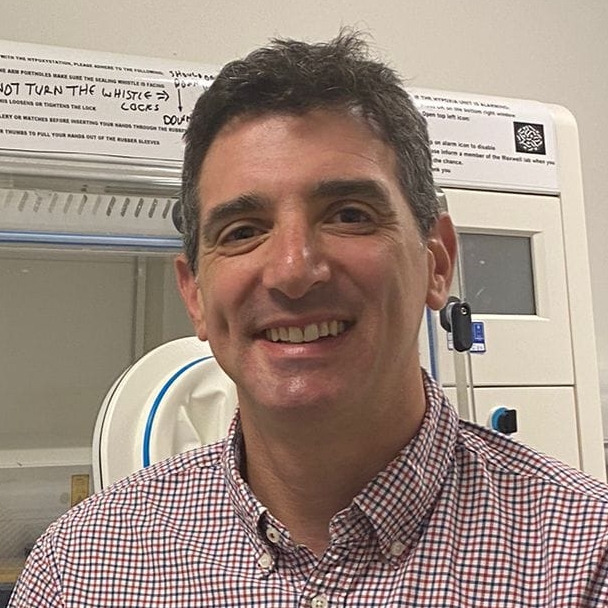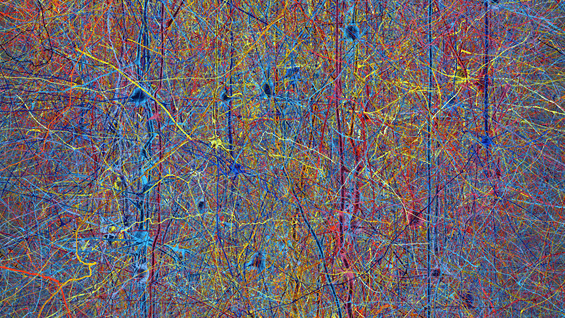From decoding oxygen sensing to reimagining immune responses in the lung, three outstanding Lister Fellows reveal how their research is shaping the future of biomedicine. Their stories, while rooted in distinct scientific domains, share common threads: the power of flexible funding, interdisciplinary thinking, and freedom to pursue curiosity-driven research.
Mark Dodding
Controlling the machinery of life

The Prize helped to kick-start my new lab and gave us the freedom and flexibility to pursue new ideas.
Mark, awarded the Lister Prize in 2018, used his fellowship to explore the dynamic world of intracellular transport. His lab focused on kinesin-1, a molecular motor that moves cargo along microtubules—essential for neuronal health and implicated in neurodegenerative diseases.
Using cryo-electron tomography, Mark’s team discovered that microtubules—long thought to be hollow—can contain actin filaments. “Essentially, we found a novel biological co-axial cable,” he explains. “It would have been easy to ignore or dismiss as too quirky to pursue, but it’s become one of the most interesting parts of our work.” Research is on-going to tease out the structure, function and regulation of this relatively unexplored territory of intracellular space. Could the actin filament strengthen microtubules, helping them better cope with mechanical stress?
The Lister funding also enabled his lab to develop synthetic peptides that can control kinesin activity, opening new avenues for therapeutic intervention. “We discovered a new and unexpected element of the kinesin-1 regulatory mechanism—a feature we call the ‘elbow’—which allows the complex to fold and switch off,” Mark says. “This switch is targetable using de novo designed peptides. We hope this will yield new mechanistic insights and, eventually, lead to motor-targeting therapeutics in the context of neurodegenerative disease.”
Reflecting on the fellowship, Mark says it arrived at a pivotal moment in his career. “The Prize helped to kick-start my new lab and gave us the freedom and flexibility to pursue new ideas.”
- Discover the DoddingLab@Bristol
- Follow Mark on X and Bluesky
Michelle Linterman
From fundamental immunology to translational impact
The Lister funded a piece of research that was interesting, but maybe not immediately relevant. It allowed us to contribute to the field just before it exploded.

Michelle, a 2019 Lister Prize Fellow, set out to investigate ectopic lymphoid structures in the lung—immune response sites that occur outside traditional lymph nodes. At the time, the clinical relevance of these structures was unclear, but Michelle was burning with scientific curiosity.
“The Lister funded a piece of research that was interesting, but maybe not immediately relevant,” she says. “It allowed us to contribute to the field just before it exploded.”
Her team’s work showed that these ectopic germinal centres are fully functional, albeit slower to form than conventional responses. “My original hypothesis was that they would function less well than lymph node germinal centres—and I was wrong,” she admits. “They function just as well, just a bit slower because they have to remodel the local microenvironment.”
Now based at the Malaghan Institute in New Zealand, Michelle is now exploring how different vaccines might stimulate mucosal immunity via these ectopic structures. “The Institute is a space where the bridge from fundamental to translational research is really clear,” she says, clearly excited to see how her early, speculative investigations are already driving more clinically focused studies.
- Discover the Linterman Laboratory at the Malagham Institute and the Linterman Group at the Babraham Institute
- Follow Michelle on Bluesky
James Nathan
Decoding how cells sense oxygen

The Lister network spans an incredible breadth of science, giving access to world-leading experts in fields far from my own.
James received the Lister Prize in 2017. He spent his fellowship uncovering how cells sense and respond to changes in oxygen and nutrient levels—work inspired by his clinical experience as a respiratory physician.
While the Nobel Prize-winning HIF pathway explains long-term responses to hypoxia, Nathan’s lab focused on immediate, transcription-dependent and independent mechanisms. “Our central question was: what other mechanisms do cells use to sense oxygen and adapt their metabolism?” he notes.
Using genome-wide CRISPR-Cas9 screens, his team identified ABHD11, a mitochondrial enzyme that controls cellular energy production and immune function. When ABHD11 is lost, cells accumulate the metabolite L-2-hydroxyglutarate, which directly blocks oxygen-sensing enzymes – a finding that connects mitochondrial metabolism to cellular oxygen responses. “This discovery has implications for diseases ranging from cancer to immune disorders,” James affirms.
James also uncovered how cholesterol metabolism is linked to oxygen availability. When oxygen is scarce, cells actively shut down cholesterol synthesis and instead switch to scavenging cholesterol from external sources—findings that suggest statins may not work effectively in oxygen-starved tissues and therefore potentially crucial for conditions like heart disease where both cholesterol and oxygen supply are concerns. “The Lister funding has been transformative—it literally shaped my entire research programme and career trajectory,” James says, who praises the Lister community for its breadth and collaborative spirit. “The Lister network spans an incredible breadth of science, giving access to world-leading experts in fields far from my own.”
- Read more about James’s research on the Cambridge Immunology Network
- Follow his lab on Bluesky
A lasting legacy
Each of these Fellows exemplifies the Lister Institute’s mission: to support bold, curiosity-driven biomedical research with the potential for real-world impact. As they move into the next stages of their careers, their discoveries—and their reflections—highlight the enduring value of flexible funding, scientific freedom, and a vibrant research community.



